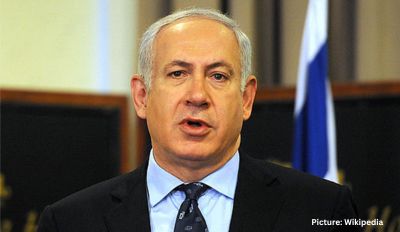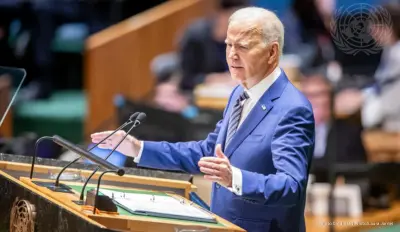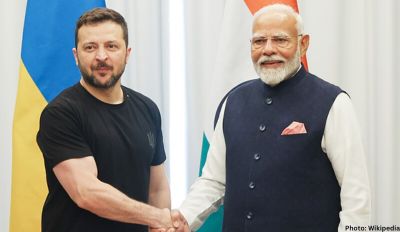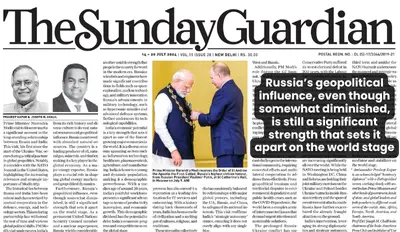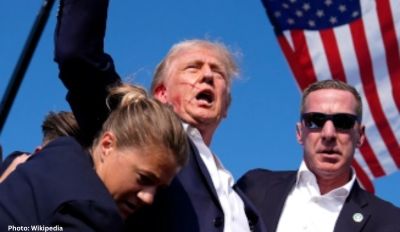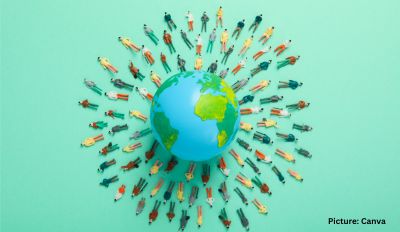The United States Ambassador to India, Eric Garcetti, said that the United States views India as a “strategic partner” and “crucial player” in the “global discussion” to help resolve critical issues and usher in lasting peace.
The ambassador highlighted the increasing cooperation between the two countries under various initiatives. Speaking at a session organized by the Observer Research Foundation on the recently held India- US 2+2 Ministerial dialogue and the road ahead, Garcetti said that a large part of the discussions focused on peace.
“I think the joint statements reflect that both countries resolved to promote a resilient, rules- based international order to safeguard free, open, inclusive Indo Pacific through the Quad, and other mechanisms,” he said.
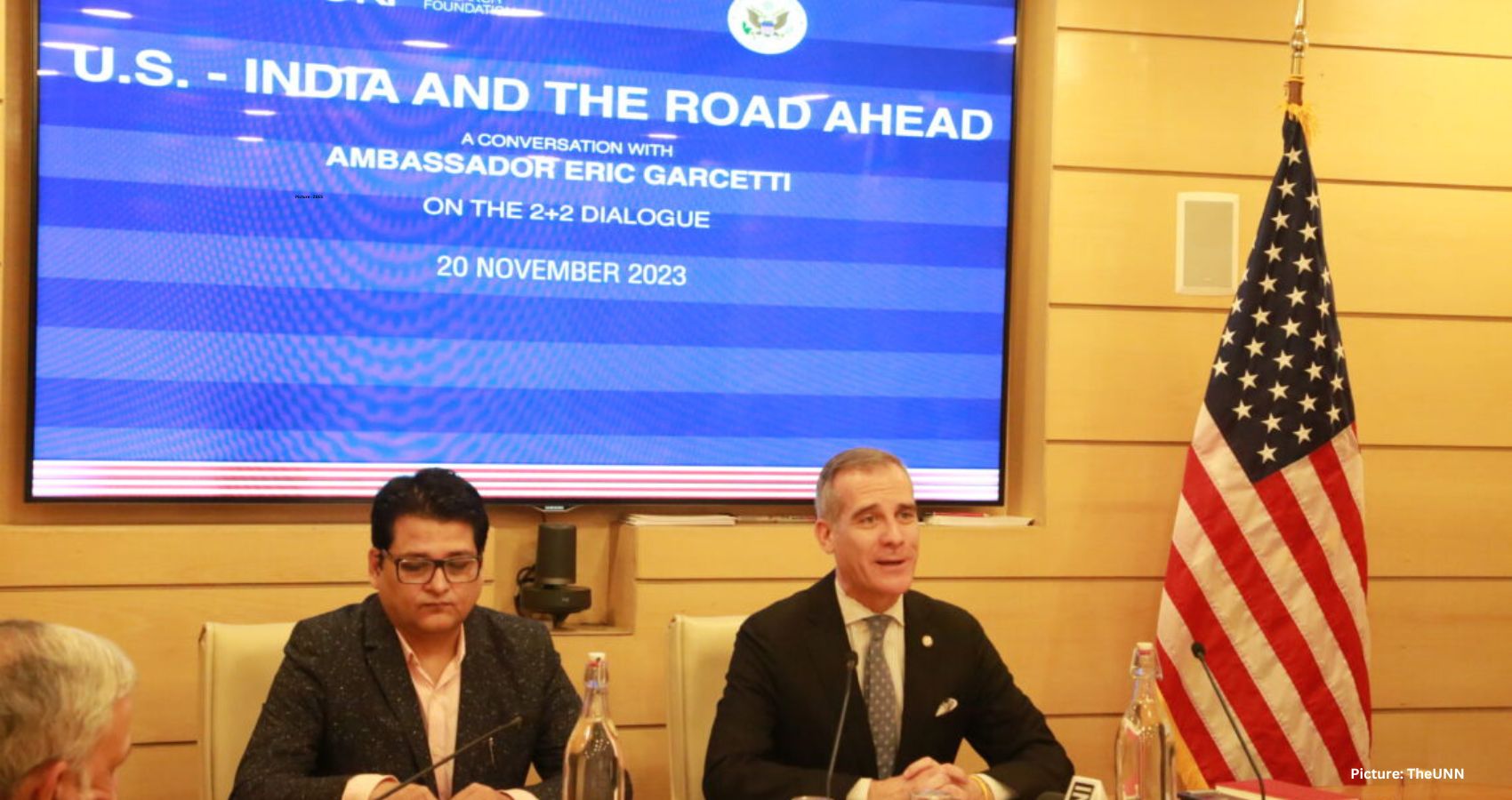 “On global issues, the ministers discussed the tragic humanitarian consequences of the conflict in Ukraine and in the Middle East, reiterating their stance with Israel against terrorism, but also seeking to alleviate civilian suffering and adherence to international humanitarian law,” he added.
“On global issues, the ministers discussed the tragic humanitarian consequences of the conflict in Ukraine and in the Middle East, reiterating their stance with Israel against terrorism, but also seeking to alleviate civilian suffering and adherence to international humanitarian law,” he added.
“The importance of it continues even in the most challenging modern times, that we are faced, with two wars globally, among others, with tensions diplomatically, with economic challenges. That the United States continues to prioritize India and that India continues to prioritize the United States speaks volumes, first and foremost, of the friendship that underpins our relationship, and the importance that we place upon this relationship.”
The ambassador highlighted the increasing cooperation between the two countries, under initiatives like the Roadmap for U.S.- India Industrial Cooperation, U.S.- India Defense Acceleration Ecosystem, and the U.S. India Initiative on Critical Emerging Technology, or iCET.
“The 2+2 was still centered as something critical, important, and that he wanted to do speaks volumes of this relationship. Secretary Blinken had engaged with counterparts across the Middle east and in the Indo Pacific before coming here, to make headway on some of the world’s most urgent issues and I think that positioned him for a very good discussion with his Indian friends here. And New Delhi’s inclusion in this ambitious diplomatic agenda is a clear sign not just of India’s importance to us as America, but also to the global conversation, at a moment when we need to continue to have Indian leadership in the world,” the Ambassador pointed out.
“Our countries discussed ways to deepen our science and our technology partnerships to harness technology for the global good instead of technology that harms us and divides us, technology that can connect us and protect us. And these efforts are moving forward at a record-breaking speed under iCET,” he asserted.
Highlighting the recent collaborations between high ranking officials between the two nations, he pointed to how “a little over a week ago, we welcomed Secretary Blinken and Secretary Austin here. It was Secretary Austin’s third time in India, second this year, and Secretary Blinken’s third time this year alone. There are all sorts of metrics I point out to, like for instance, our Secretary of Treasury, Jan Yellen. This was the number one country she went to in the world, outside of the United States, four times. And this is unprecedented, to see the level of engagement of higher-level officials from both sides in each other’s countries.”
The ambassador asked, “How do you build, sustain, establish peace in the world? And how can we have durable peace that the United States and India work on across the world in the face of new and existing threats? And by those threats, I don’t just mean war. A peace that’s threatened by health challenges, by climate challenges, by poverty, by perceived or real divisions between geography, North, South, East, West. The joint statements reflect that both countries resolved to promote a resilient, rules- based international order to safeguard free, open, inclusive Indo Pacific through the Quad, and other mechanisms.”
On US investment in India, Garcetti said he looks forward to welcoming additional visitors around December and January on the iCET themes, which will be a major investment in Indian technology by US private companies.
In conclusion, he said that the US-India 2+2 is deeper than a usual bilateral meeting. “Increasingly, the United States and India really see each other as collaborators in figuring out the global architecture and the global solutions to some of the toughest things that we face, and that work to promote peace, to promote more prosperity, to protect our planet and our people,” the Ambassador noted.


